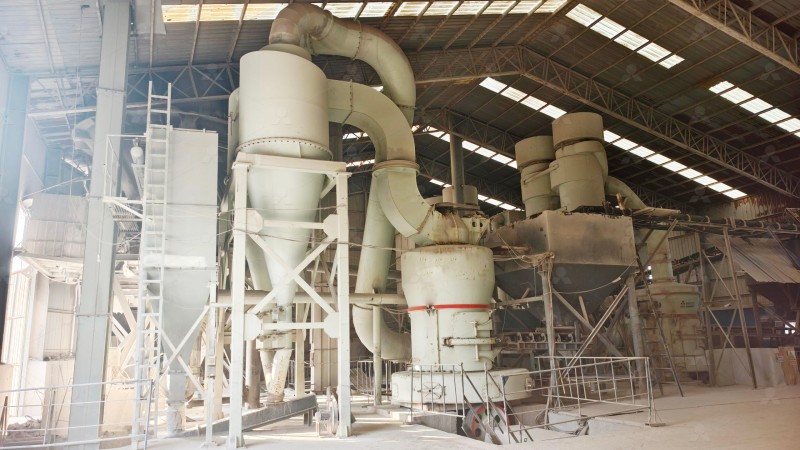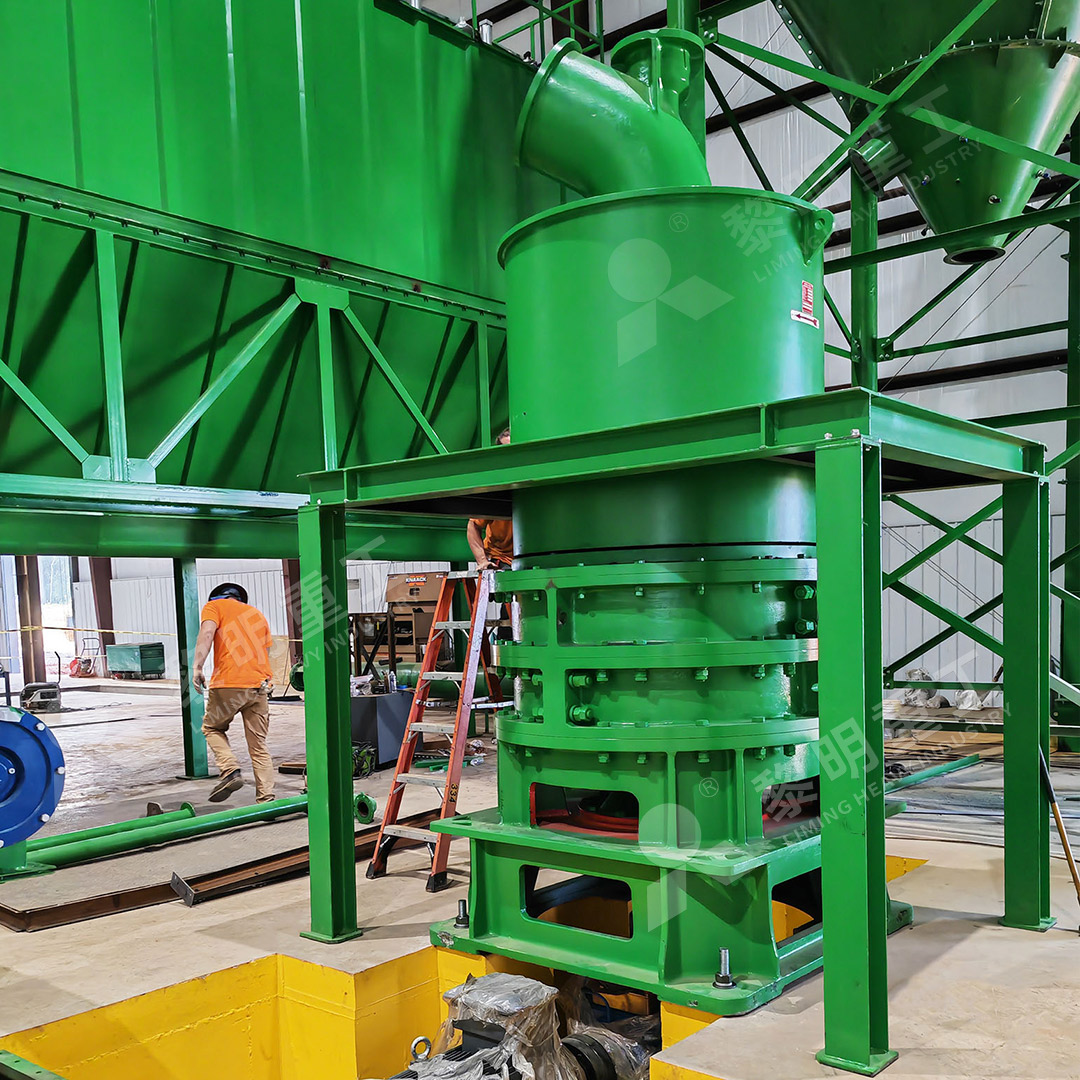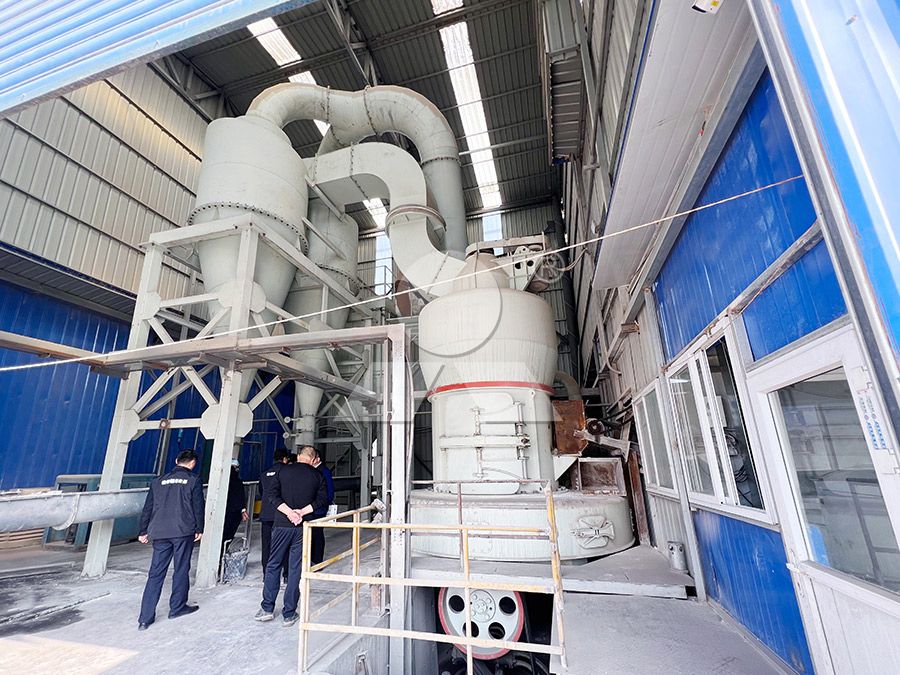What is the MTM160 Trapezium Mill Used for in Industrial Grinding?
What is the MTM160 Trapezium Mill Used for in Industrial Grinding?
In the world of industrial mineral processing, grinding equipment forms the backbone of countless operations. Among the various grinding solutions available, the MTM160 Trapezium Mill has established itself as a reliable workhorse for medium-scale grinding applications. This robust machine combines European grinding technology with practical design features that make it suitable for processing a wide range of materials with consistent results.
The MTM160 is particularly valued for its balanced performance in handling materials like limestone, calcite, dolomite, barite, talc, and calcium carbonate. With an input size capacity of up to 35mm and production capabilities ranging from 8-15 tons per hour, this mill occupies a sweet spot in many production facilities where consistent output and operational reliability are paramount.

Key Applications Across Industries
What makes the MTM160 particularly versatile is its adaptability across different industrial sectors. In construction materials manufacturing, it efficiently processes limestone and gypsum for cement production. The chemical industry utilizes it for preparing various mineral powders as raw materials or additives. Even in the agricultural sector, the MTM160 finds application in grinding phosphate rocks for fertilizer production.
The mill’s trapezium grinding mechanism ensures that particles receive uniform compression and shearing forces, resulting in consistent particle size distribution. This characteristic makes it ideal for applications where product uniformity directly impacts downstream processes or final product quality.
When to Consider Advanced Grinding Solutions
While the MTM160 serves many applications effectively, operations requiring ultra-fine powders or specialized material processing often benefit from more advanced grinding technologies. For customers needing to produce ultra-fine powders between 325-2500 meshes, our MW Ultrafine Grinding Mill represents a significant technological advancement.
The MW series incorporates several innovative features that address common grinding challenges. With an input size of 0-20 mm and capacity ranging from 0.5-25 tph, this equipment is designed for customers who need to make ultra-fine powder without compromising on efficiency. The machine’s efficient pulse dust collector and muffler system effectively reduce dust and noise, ensuring minimal environmental impact during operation.

Technical Advantages in Modern Grinding
The MW Ultrafine Grinding Mill demonstrates remarkable efficiency gains compared to conventional systems. Its newly designed grinding curves of grinding roller and grinding ring enhance grinding efficiency significantly. With the same fineness and power, the production capacity is 40% higher than jet grinding mills and stirred grinding mills, and twice as large as ball grinding mills, while system energy consumption is only 30% of jet grinding mills.
Another notable advantage is the mill’s innovative design that eliminates rolling bearings and screws in the grinding chamber. This design choice prevents concerns about bearing damage or sealing part failures, and eliminates machine damage problems caused by loose screws. The external lubrication system allows for lubrication without shutdown, enabling continuous 24-hour production.
Material Versatility and Processing Capabilities
Both the MTM160 and MW series grinders handle similar base materials including limestone, calcite, dolomite, petroleum coal, gypsum, barite, marble, talc, and coal powder. However, the MW Ultrafine Grinding Mill extends its applications into more specialized areas including the chemical industry, paint production, cosmetics, medicine, and food additives where ultra-fine powders with strict quality controls are essential.
The cage-type powder selector in the MW mill, which adopts German technology, effectively increases powder separation precision. The multi-head cage-type powder selector can be configured according to specific requirements for yield, fineness, and sieving rate, providing exceptional control over final product specifications.

Making the Right Equipment Choice
Selecting between the MTM160 Trapezium Mill and more advanced options like the MW Ultrafine Grinding Mill depends largely on production requirements, target particle size, and operational priorities. The MTM160 remains an excellent choice for general-purpose grinding where ultra-fine powders aren’t required, while the MW series delivers superior performance for specialized applications demanding finer particles and higher efficiency.
Both systems benefit from our company’s commitment to digitalized processing and precision manufacturing. With tens of lines of numerical controlling machine tools ensuring high machining precision—particularly for core components—customers receive equipment built to exacting standards with reliable performance and minimal operational concerns.
Frequently Asked Questions
What materials can the MTM160 Trapezium Mill process?
The MTM160 effectively processes various non-flammable and non-explosive mineral materials with Mohs hardness below 9.3 and humidity under 6%, including limestone, calcite, dolomite, barite, talc, calcium carbonate, gypsum, and similar materials.
How does the MW Ultrafine Grinding Mill achieve higher efficiency?
The MW mill incorporates several efficiency-enhancing features including optimized grinding curves, advanced powder selection technology, and a design that eliminates internal rolling bearings and screws. These innovations collectively reduce energy consumption by up to 70% compared to conventional jet mills while doubling the output of ball mills.
What maintenance advantages does the MW Ultrafine Grinding Mill offer?
The absence of rolling bearings and screws in the grinding chamber significantly reduces maintenance requirements. The external lubrication system enables lubrication without shutdown, and the overall design minimizes points of failure while extending component lifespan.
Can these grinding mills handle materials with higher moisture content?
While both mills have limitations on material humidity (typically below 6%), they can be integrated with drying systems for materials with higher moisture content. For extremely wet materials, pre-drying systems are recommended before grinding.
What particle size range can the MW Ultrafine Grinding Mill achieve?
The MW series can produce powders with fineness adjustable between 325-2500 meshes, with screening rates achieving d97≤5μm in a single pass, making it suitable for applications requiring extremely fine and consistent particle size distribution.
